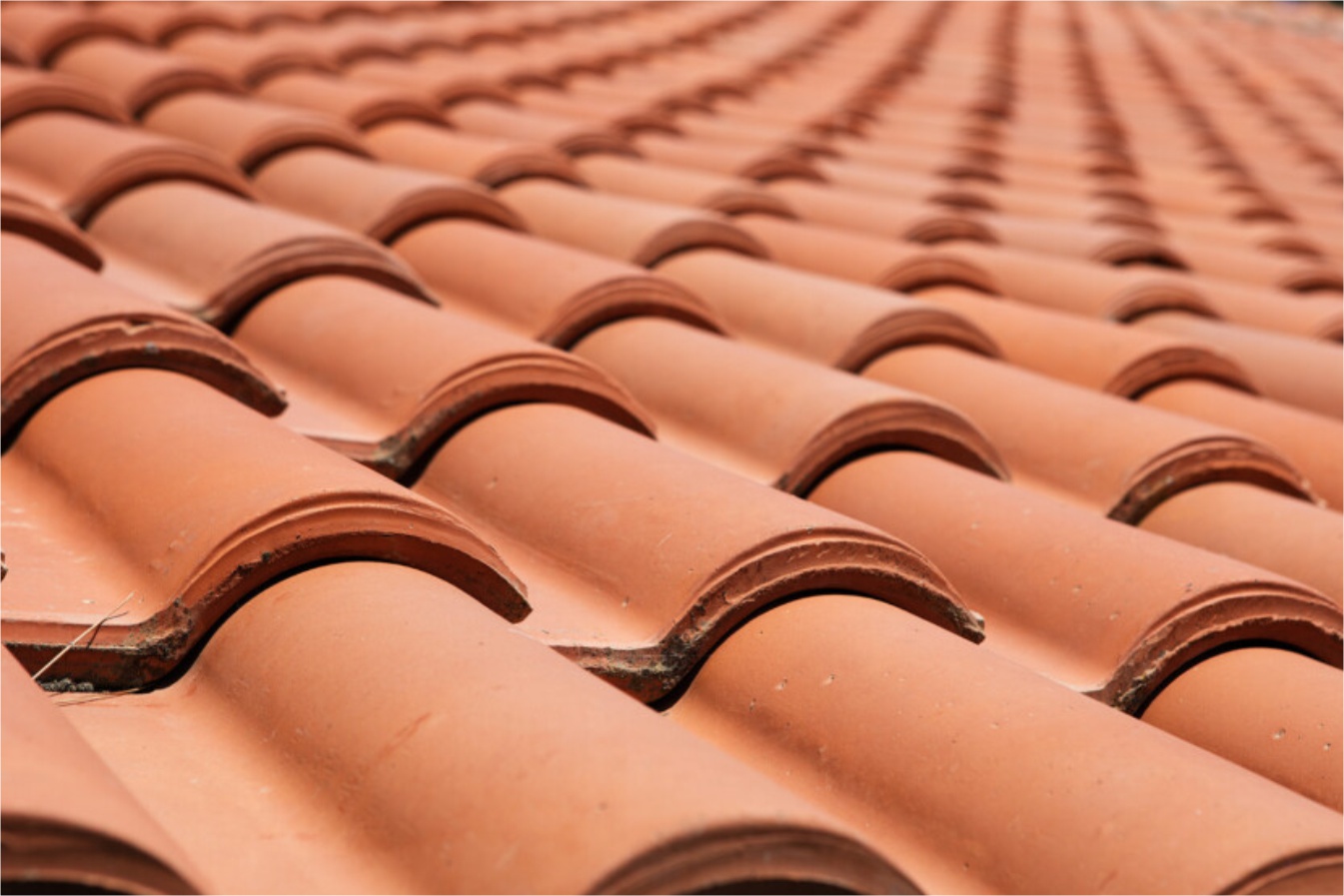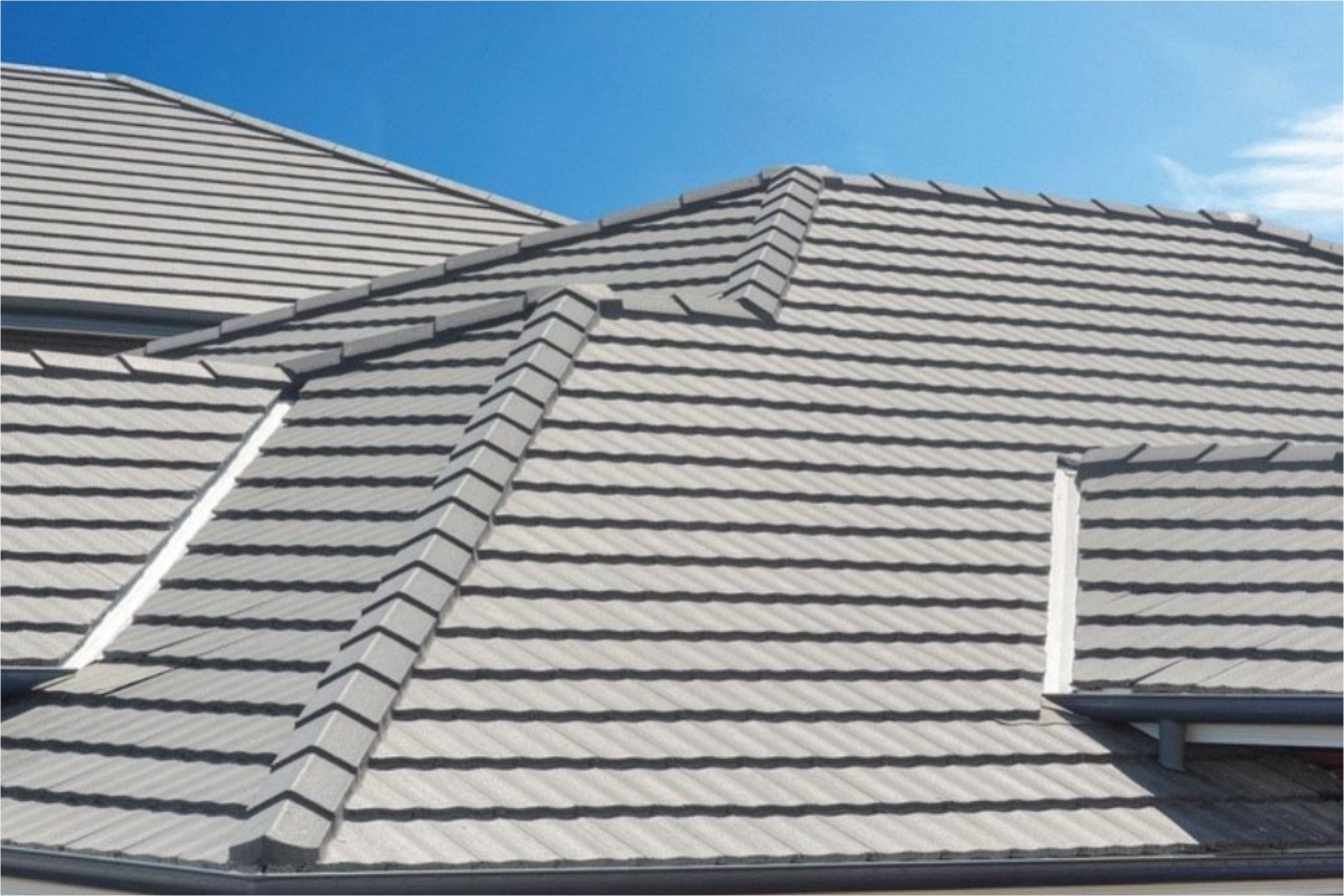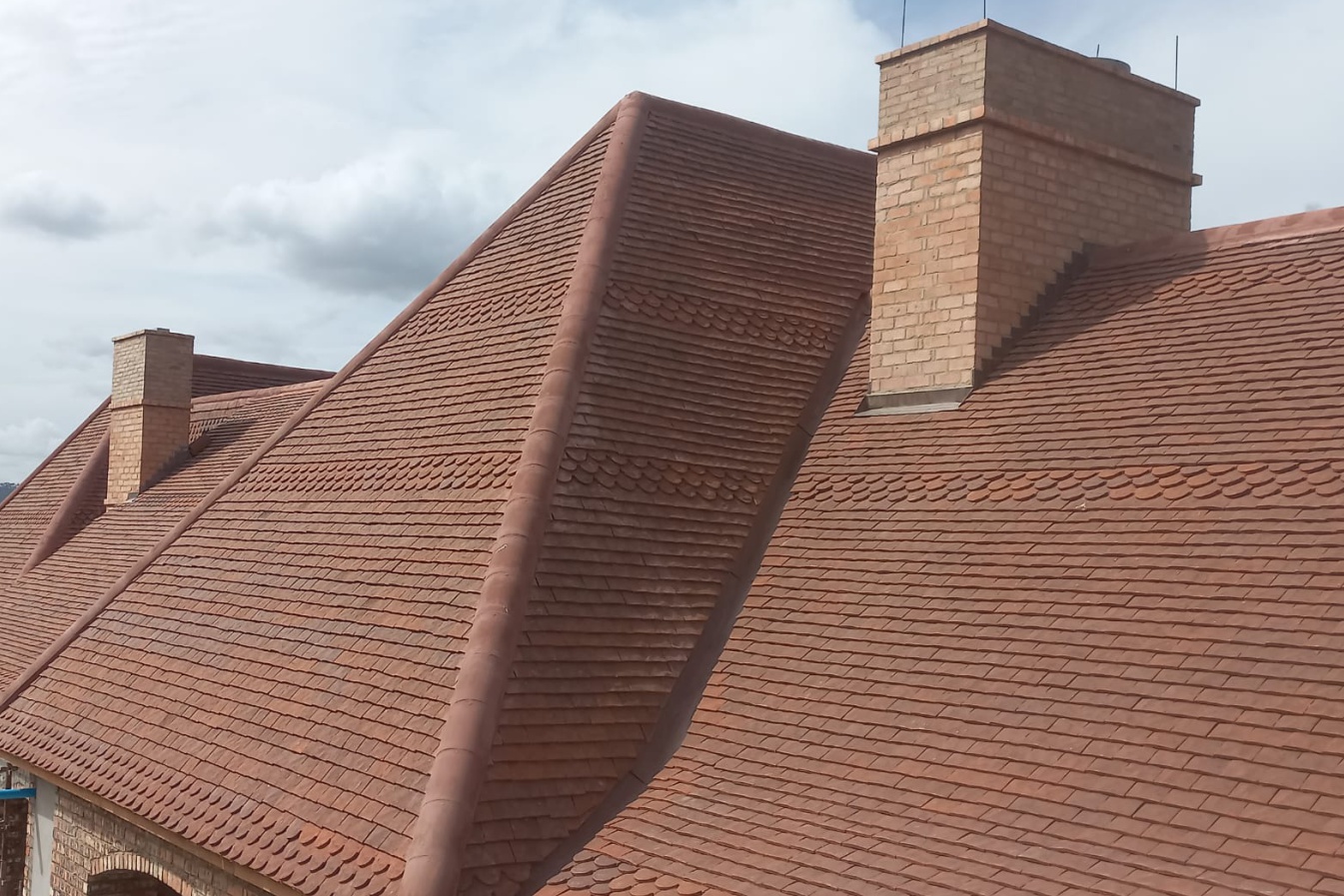Tile Roofing
Expert Roof Construction
Tile Roofing
Tile roofing offers a combination of strength and aesthetic appeal, making it a popular choice for both residential and commercial properties. At KDF Roofing, we specialise in the installation of clay, concrete, and Brosley tiles, each known for their durability and high-quality performance.
Our tile roofs are crafted to withstand harsh weather conditions, providing excellent insulation and energy efficiency. Each tile is carefully selected and aligned for optimal strength and a seamless finish, enhancing both protection and visual appeal.
Whether you prefer the timeless look of clay or the resilience of concrete, our tile roofing solutions are designed to add lasting value and style to your property.
Quality Tile Roofing Options
Choose the Right Tile for Your Roof
Tile roofing offers a variety of materials, each bringing unique benefits to your roof. KDF Roofing provides expert installation of clay, concrete, and Brosley tiles, ensuring durability and style. Discover which option best suits your needs below.

Clay Tile Roofing
Clay tiles provide a classic, natural look that enhances curb appeal. Known for their durability and insulation properties, clay tiles are ideal for homeowners seeking a long-lasting, weather-resistant roof that ages beautifully.

Concrete Tile Roofing
Concrete tiles are a versatile, cost-effective option that mimics various styles while offering substantial durability. They’re heavy-duty and energy-efficient, making them perfect for both modern and traditional homes.

Brosley Tile Roofing
Brosley tiles bring a distinct, traditional appearance with exceptional durability. These tiles are crafted for weather resistance and provide a rustic charm that adds character and strength to any property.
FAQs Related to Tile Roofing
What are the benefits of tile roofing compared to other materials?
Tile roofing, especially clay and concrete, offers excellent durability, weather resistance, and insulation. Tiles also come in various styles and colors, allowing for versatile designs that enhance the property’s aesthetic and value.
How long does a tile roof typically last?
With proper installation and maintenance, clay and concrete tile roofs can last 50 years or more, while Brosley tiles also provide long-lasting durability, depending on environmental conditions.
Are tile roofs heavy, and will my home need extra support?
Yes, tile roofs are heavier than asphalt or metal roofs. Our team will assess your home’s structure to ensure it can support the weight of a tile roof, reinforcing if necessary.
Phone
Working Hours
8am – 5pm
YEARS EXPERIENCE
PROJECTS
STAR RATINGS
SATISFACTION
Testimonials
What Our Customers Say?
At KDF Roofing, our clients’ satisfaction is our priority. Hear what our valued customers have to say about their experiences with our professional, high-quality roofing services.
Working with Peter and his team at KDF Roofing was a great experience! I went with clay tiles, and I’m so happy with the result. The roof looks beautiful, and it’s holding up really well. The whole process was smooth, and they kept me updated along the way. Highly recommend!
Akhona P.
Homeowner
I’ve used KDF Roofing for a few projects now, and they never disappoint. This time, we went with concrete tiles, and Peter made sure everything was perfect. Solid work, good communication, and the roof looks fantastic. These guys really know what they’re doing!
Johan S.
Property Developer
